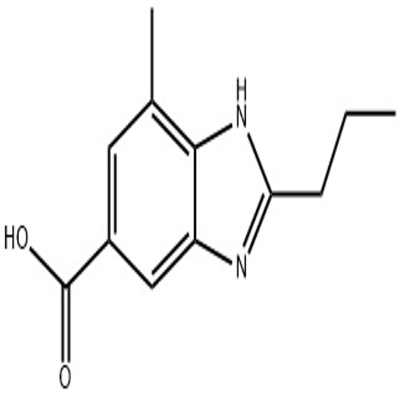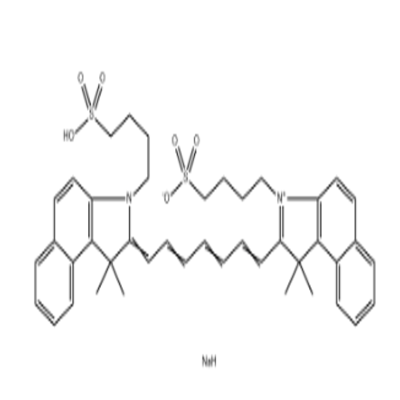What are the current lung cancer targeting drugs?
-
Last Update: 2020-01-22
-
Source: Internet
-
Author: User
Search more information of high quality chemicals, good prices and reliable suppliers, visit
www.echemi.com
The incidence rate of incidence of lung cancer is the highest in China, accounting for about 705 thousand [1] a year Lung cancer ranks first among the incidence rate of malignancy in China's Cancer Registry area, ranking first in male cancer and second in women, [2], according to the 2018 National Cancer Center Lung cancer can be divided into small cell lung cancer and non-small cell lung cancer Non small cell lung cancer accounts for about 85% of the lung cancer incidence rate It can also be divided into squamous cell carcinoma, large cell carcinoma and adenocarcinoma In any classification of lung cancer, the proportion of people who smoke is higher than that of people who don't smoke People who don't smoke are also likely to get lung cancer, most likely to get adenocarcinoma [4] According to NCCN guidelines, the best treatment for early lung cancer is surgery [3] For the late stage of lung cancer, targeted drugs can be used to improve the quality of life and prolong the survival time 50% of Asian lung cancer patients have EGFR (epidermal growth factor receptor) mutations, 5% of patients have ALK (anaplastic lymphoma kinase) rearrangement [5], so targeted drugs become the best choice For patients with EGFR mutation, the objective response rate of Iressa reached 70%, and the median response time reached 8.3 months Iressa has become the first-line drug for EGFR mutation The objective remission rate and median remission time of trekkay for Chinese patients reached 75.3% and 6.4 months respectively, and it has also become a first-line drug The objective remission rate of afatinib was 89.2%, and the median remission time was 6.9 months The remission rate of oxitinib (figure below) in patients resistant to Iressa and trocar (T790M mutation) has reached about 60% [7], which has been included in NCCN guidelines as the first-line drug for drug-resistant patients For the patients with ALK rearrangement, the objective remission rate of clozatinib was 85.71%, and the median remission time was 6 months For patients resistant to clozatinib, the total remission rate of seretinib (figure below) has reached 56%, which has been included in NCCN guidelines and is the only drug available after the drug resistance of clozatinib approved by FDA [8].
This article is an English version of an article which is originally in the Chinese language on echemi.com and is provided for information purposes only.
This website makes no representation or warranty of any kind, either expressed or implied, as to the accuracy, completeness ownership or reliability of
the article or any translations thereof. If you have any concerns or complaints relating to the article, please send an email, providing a detailed
description of the concern or complaint, to
service@echemi.com. A staff member will contact you within 5 working days. Once verified, infringing content
will be removed immediately.




![benzyl N-{2-[4-(4,4,5,5-tetramethyl-1,3,2-dioxaborolan-2-yl)phenyl]ethyl}carbamate](https://file.echemi.com/fileManage/upload/goodpicture/20210823/m20210823171124543.jpg)


